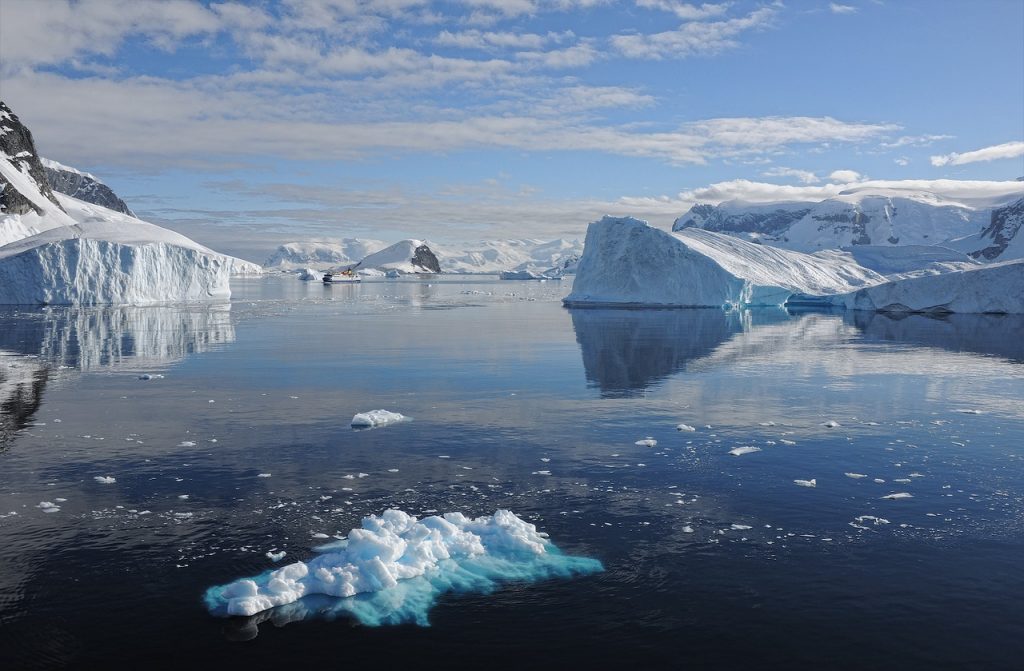The Deadly Consequences A Lack Of Snow May Imbue On The US
Snow is disappearing from some places in the United States and it could have deadly consequences for many in those areas.
This article is more than 2 years old

Climate change has severely impacted the snow level in the western United States. The ecological system thrives off of frigid temperatures, but the consequential warming from vast carbon pollutants threatens the habitat. The abundance of snow and its melting during the summer are imperative to the communities and animals living alongside the mountainous landscape. With natural disasters like widespread drought impending, residents of these western states are beginning to worry.
Uninterrupted droughts are worrying California and Nevada citizens. The snow that accumulates on top of the Sierra Nevada mountains is imperative to the surrounding area. The runoff from the melting snow fuels cities, towns, and the vibrant flora that grows on and off the mountain range. Since Sierra Nevada’s snow is essential for life’s prosperity, its steady depletion is a considerable threat to humanity. If the adjacent area becomes desert, these California and Nevada towns will become uninhabitable.
2022’s west coast droughts come at a time when temperatures are rising in the Pacific Northwest. The dry, hot climate initiated a vast forest fire in California, refocusing the media’s attention on the climate crisis. This fire comes after last year’s substantial drought, the worst drought in 1,200 years. Experts believe California will continue to experience massive droughts and fires if governments and industries don’t cut back on their carbon emissions.
Snow disappearing on the west coast is another example of climate change’s effect on rising temperatures and threatens the availability of drinkable water sources. If climate change isn’t reversed, snow will disappear entirely in the Sierra Nevada mountains. Many believe that retroactive moves won’t stop the impending crisis, though many cities and state governments opt for those solutions. One standard solution to a water crisis like this is building reservoirs. But, these reservoirs take years to develop and construct, only putting a bandaid on the worsening ecological disasters. Desalination plants, facilities that convert salt water into potable water, are also rising, threatening ocean habitats in the surrounding areas. Though many are looking for an immediate solution to provide drinkable water, constructing plants won’t reverse climate change’s ramifications.
Even if the current California drought ends, experts believe that precipitation will continue to be scarce. Columbia University climate scientist Richard Seager did an extensive study on rain in California, modeling what rainfall would look like on the west coast over the next two decades. The projections showcase an abysmal outcome, with rainfall occurring less frequently than in the 1980s and the 1990s. Seager’s outlook on climate change initiatives isn’t very positive, either. Instead, he thinks residents on the west coast should start realizing that “levels of water availability” will never return to their prior consistency.
Snow’s disappearance will have significant repercussions on California’s farming community. The state is responsible for producing 80% of the US’s almonds, which is severely threatened by the ongoing drought. Almonds need a substantial amount of water to maintain their growth, making them partially challenging to cultivate during this current crisis. Many experts believe that water scarcity will not only push longtime residents out of the state but an exodus of farmers to more cultivatable land.



